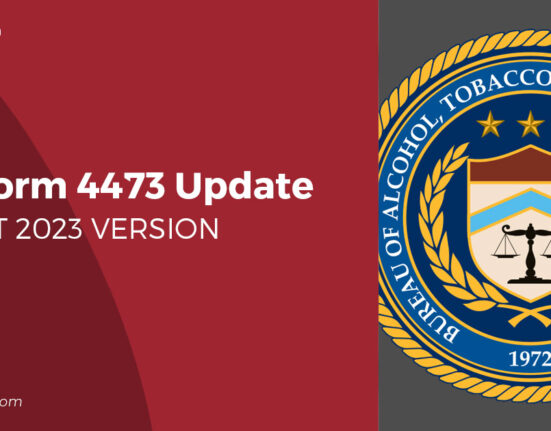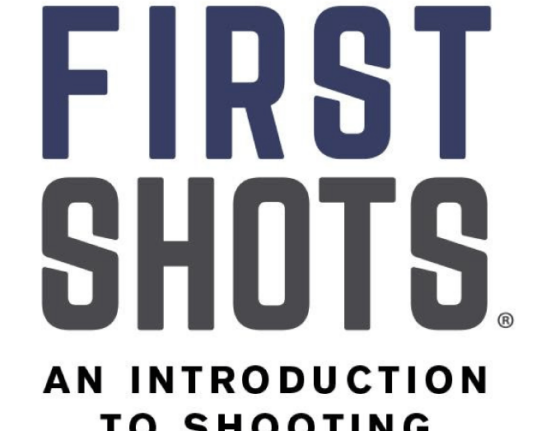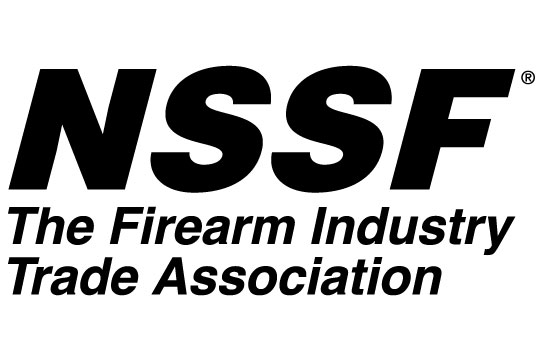Giving, benevolence, generosity, public-spiritedness, charity, brotherly love, humanitarianism, altruism, social conscience, philanthropy – call it what you will
. . . developing and implementing a well-thought-out corporate social responsibility (CSR) plan is also smart business. A plan allows you to:
- Support your business’s mission
- Establish community or industry relationships and commitments
- Alleviate the challenge of saying yes or no, and
- Measure the meaningfulness and success of your benevolence
Recently, I sunk my teeth into a community issue and needed to raise money. I went straight to some acquaintances, executives of a large company, who I expected to pony up significantly. Each handed me a $5 bill. I was shocked, but then I considered how often I knew these people were asked to give, and give, and give. The executives’ employer recognized my friends were considered community leaders and knew they would be approached continuously. Thus the company’s CSR plan allowed each to donate $5 whenever asked by a worthy cause.
Don’t let the seemingly minimal giving turn you off. The truth is, the simple plan allows for sustainability, accountability, and yes, impact. The plan takes decision-making pressures off the executives’ shoulders and allows them to spread the wealth. The executives each give thousands of times per year to community programs. Everyone in the community is treated equally and supported. In addition, the total donated annually is promoted by the company, which bolsters the community’s knowledge of the business’s involvement at a local level.
The lesson? Your business can do more good over the long run with a structured plan for giving than by haphazardly donating time, product, or money. Operating without a plan is not sustainable, frustrating or even stressful, and not focused on your business’s mission.
Building a Strategic Philanthropy Plan
A strategic plan is centered on giving to a specific cause or issue. It provides direct benefit to the recipient and supports the company’s core business objectives. The cause or issue may have a broad or laser focus. In the example above, total community outreach and involvement is the focus. In your case it might be more targeted, perhaps on connecting with parents to help them introduce kids to the shooting sports. The effort assists the program offering the instruction, which grows participation in the sports and thus your business, and elevates firearms awareness and safety – all while establishing your company as a family-friendly and youth-focused entity.
Approach development of a corporate giving plan as you do your entire business. Research, plan, execute, follow-up, and evaluate results.
A viable plan:
- Addresses the needs of the charitable cause and the charitable business – creating a win-win situation.
- Strengthens company values via company-wide participation.
- Builds a higher profile for both the company and the cause.
- Delivers powerful impact within a planned budget so the program is sustainable.
Savvy Planning for Small Business
A giving plan for small businesses is different from those of large corporations. In most instances, small-business plans are focused on a presence in the immediate community and establishing strong relationships with local customers.
- Ask customers for input about your philanthropic efforts.
- Focus on causes important to your customers.
- Involve your staff in all aspects of planning and execution. Total company buy-in allows everyone to enjoy the pride of giving while taking on some responsibility.
- Set forth a formal process for those requesting contributions, whether monetary or not. This allows you to garner the information you need to fairly assess requests and deters last-minute requests.
- Document your plan and have everyone in the company review it on a regular basis.
- Be open about your giving focus, who or what you support, so those asking have a firm understanding of it. This saves everyone time. For instance, if you’re clear you only support youth organizations and youth events related to shooting or hunting, the local fishing tournament director won’t apply.
- Look beyond monetary giving. Consider asking staff to volunteer time or expertise to help beneficiaries thrive. Many companies utilize company-wide events, a day when everyone in the company participates to help support a cause. It could be working at a youth event or conducting a 3K walk to raise money.
- Consider possible tax advantages for contributions to qualified charitable organizations. No, this shouldn’t be the primary reason for giving or support the community, but there is no reason not to take advantage of tax laws in place.
Make the Most of Last-Minute Opportunities
Perhaps the best way to take advantage of a last-minute request is to forego participation. Like your giving plan, a program asking for donations should have a strong and sustainable plan for generating funds well in advance of events or on a planned asking schedule that can fit your request process and time frame.
However, if there are always a few last-minute opportunities that come your way each year that you know you want to take advantage of, plan for them. Budget for them by setting aside discretionary funds. Make sure to set forth a policy for who makes the last-minute decisions and upon what criteria.
In all cases, be sure decisions are made in accordance with your giving plan, especially as to focus.
Finally, don’t be afraid to ask those asking you for help how their program fits your company’s philanthropic plan. Anyone asking for help should understand how their program benefits its benefactors.







